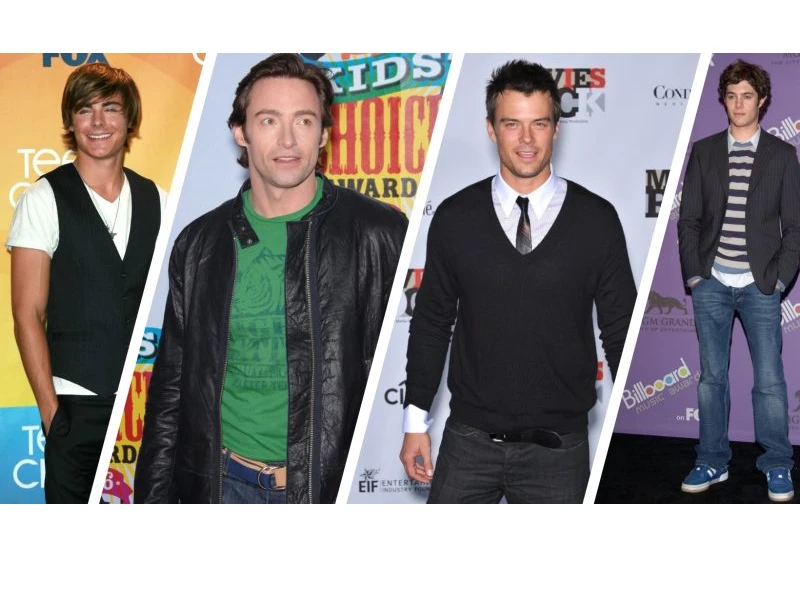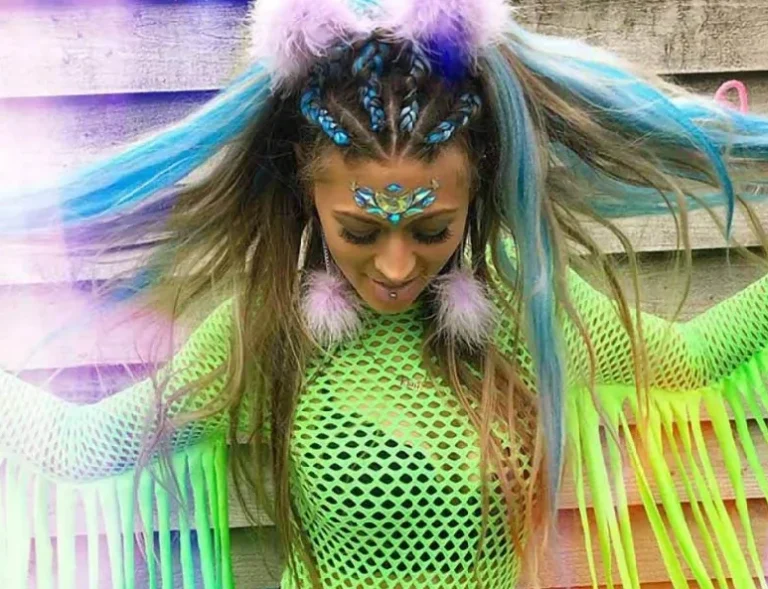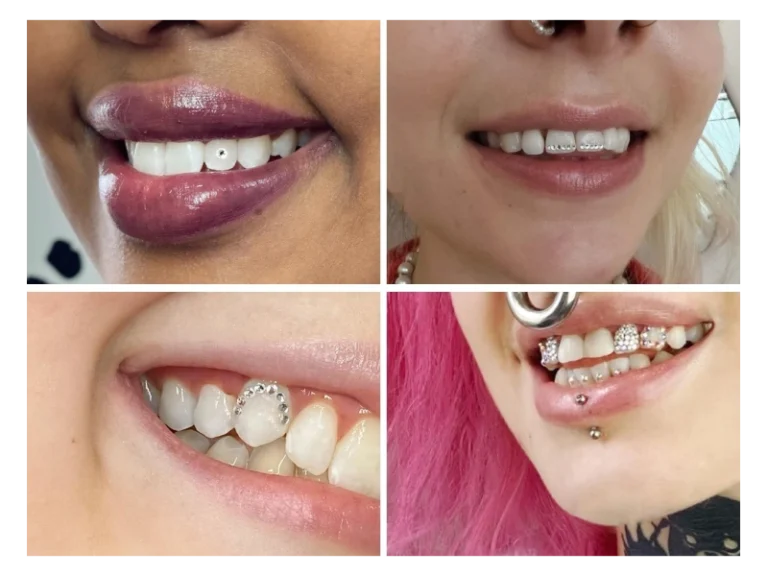
Introduction: The Decade That Defined a Generation
The early 2000s were loud, experimental, and unforgettable. From low-rise jeans and rhinestone belts to Juicy Couture tracksuits and trucker hats, 2000s fashion wasn’t just clothing; it was a cultural revolution. It mirrored the rapid growth of the internet, the rise of celebrity culture, and the transition from analog to digital living. What makes it even more fascinating is how much of it has returned today, influencing Gen Z and millennial wardrobes once again.
So why does this era still resonate? Because the 2000s weren’t about perfection, they were about self-expression, confidence, and reinvention. And in an age of fast fashion and social media, its influence has never been more relevant.
The Historical Context of 2000s Fashion
Pop Culture as the Driving Force
If the 1990s were defined by minimalism and grunge, the 2000s were the opposite: maximalism, glitter, and unapologetic style. Fashion became a performance, amplified by music, movies, and television. Shows like The O.C., Gossip Girl, and Lizzie McGuire shaped teen wardrobes, while music icons like Britney Spears, Beyoncé, and Eminem became walking fashion billboards.
-
MTV red carpets introduced daring looks weekly.
-
Hollywood paparazzi culture made “off-duty” outfits as important as stage costumes.
-
Pop stars and reality TV personalities like Paris Hilton and Nicole Richie were trendsetters in their own right.
Technology’s Role in Fashion
The 2000s were also the dawn of the digital era. MySpace, early blogs, and later YouTube changed how trends spread. For the first time, fashion wasn’t dictated solely by designers; it was crowdsourced by culture.
Key takeaway: 2000s fashion was shaped by entertainment, celebrity influence, and the internet.
Iconic 2000s Fashion Trends
1. Low-Rise Jeans and Crop Tops
Arguably, by the most defining look, low-rise jeans dominated runways and sidewalks. Paired with cropped tanks, camis, or rhinestone belts, the style was bold and divisive.
-
Pros: Emphasized individuality, carefree attitude.
-
Cons: Criticized for promoting unrealistic body standards.
Example: Britney Spears’ iconic denim-on-denim look with Justin Timberlake at the 2001 AMAs is still etched in pop culture.
2. Juicy Couture Tracksuits
Velour tracksuits became the uniform of the early 2000s. Comfortable yet glamorous, they were made famous by Paris Hilton and Kim Kardashian. Often paired with oversized sunglasses, this look blurred the line between casual and luxury.
Fun fact: Juicy Couture’s revenue skyrocketed from $19 million in 2001 to over $600 million by 2008, proving the power of celebrity-driven trends.
3. Trucker Hats and Graphic Tees
Thanks to Ashton Kutcher and Von Dutch, trucker hats were everywhere. Paired with bold graphic tees, ripped jeans, or layered tanks, this style defined the casual, edgy side of 2000s streetwear.
Key takeaway: The rise of streetwear as high fashion began here.
4. Denim Everything
Denim skirts, denim jackets, and even denim boots—2000s fashion turned denim into a lifestyle. Designers like True Religion and Miss Sixty dominated mall culture, while luxury brands reinterpreted denim for the runway.
5. Accessories that Defined the Decade
-
Tiny handbags (Dior Saddle bag, Fendi Baguette)
-
Chunky belts with rhinestones
-
Layered necklaces and hoop earrings
-
Butterfly clips and frosted lip gloss
Accessories in the 2000s weren’t subtle—they screamed for attention.
The Influence of Celebrities and Designers
Celebrity Power
The 2000s marked a shift where celebrities, not just designers, dictated trends. Paparazzi images of stars in casual outfits spread faster than runway looks.
-
Paris Hilton: The queen of bling, tiny dogs, and Juicy Couture.
-
Beyoncé: Mixed glamour with urban streetwear, paving the way for today’s athleisure.
-
Britney Spears: From schoolgirl skirts to stage costumes, her style was pure pop fantasy.
Designer Contributions
-
Alexander McQueen brought dark romanticism.
-
Marc Jacobs for Louis Vuitton introduced bold prints and collaborations (remember the Stephen Sprouse graffiti bags?).
-
Tom Ford at Gucci emphasized sleek, sexy glamour.
The Cultural Impact of 2000s Fashion
Fashion wasn’t just clothing—it was identity. For teens, brands like Abercrombie & Fitch, Hollister, and Aeropostale defined belonging. For adults, labels like Prada, Dior, and Gucci were aspirational.
This decade blurred luxury and streetwear, setting the foundation for today’s sneaker culture and influencer-driven trends.
Key takeaway: Fashion in the 2000s democratized style—everyone could participate, from mall shoppers to couture buyers.
The Return of 2000s Fashion Today
Why Y2K Style Came Back
Gen Z and millennials revived 2000s fashion for three reasons:
-
Nostalgia – Millennials crave comfort from their teen years.
-
Social Media Cycles – TikTok trends move fast, resurrecting old styles.
-
Vintage Resale Market – Thrifting apps like Depop made Juicy Couture and Ed Hardy cool again.
Modern Interpretations
-
Low-rise jeans return with looser fits.
-
Baby tees are styled with oversized blazers for balance.
-
Trucker hats are back, often paired with luxury streetwear.
Case study: In 2022, Juicy Couture collaborated with Urban Outfitters, proving the enduring power of 2000s nostalgia.
Practical Guide: How to Wear 2000s Fashion Today
Do’s
-
Mix vintage 2000s with modern basics (example: Juicy tracksuit jacket with straight-leg jeans).
-
Invest in statement accessories (mini bags, chunky jewelry).
-
Keep it playful—2000s style was about fun.
Don’ts
-
Avoid copying full looks (like denim-on-denim with rhinestone belts). Instead, reinterpret pieces.
-
Don’t sacrifice comfort for nostalgia update low-rise jeans with relaxed fits.
Pros and Cons of 2000s Fashion
| Pros | Cons |
|---|---|
| Bold self-expression | Promoted unrealistic body image |
| Celebrity-driven trends | Many looks aged poorly |
| Blurred casual & luxury | Over-commercialization |
| Set the foundation for modern streetwear | Fast-fashion boom led to waste |
Future Predictions: Where Is 2000s Fashion Heading?
Fashion works in 20-year cycles. As we enter the 2030s, we’ll see even more reinterpretation of the 2000s:
-
AI-driven fashion curation may reimagine old looks.
-
Sustainable reinterpretations of Y2K trends will dominate (recycled denim, upcycled velour).
-
Celebrity–TikTok crossover will replace paparazzi culture as the main driver.
Key takeaway: The 2000s will remain a core inspiration for the next decade of fashion.
FAQs about 2000s Fashion
Q1: What defined 2000s fashion the most?
Low-rise jeans, Juicy Couture tracksuits, and denim-on-denim were defining staples.
Q2: Why is Y2K fashion trending again?
Nostalgia, social media cycles, and thrifting culture revived these styles.
Q3: Who were the biggest fashion icons of the 2000s?
Paris Hilton, Britney Spears, Beyoncé, and Lindsay Lohan led the decade.
Q4: What brands were popular in the 2000s?
Juicy Couture, Abercrombie, Hollister, True Religion, Ed Hardy, Louis Vuitton.
Q5: How can I wear 2000s fashion today?
Pair vintage pieces with modern basics for balance.
Q6: What mistakes should I avoid?
Don’t recreate looks head-to-toe; reinterpret instead.
Q7: Did the 2000s influence luxury fashion?
Yes, it blurred the line between streetwear and luxury, paving the way for modern collaborations.
Q8: What makeup trends matched 2000s fashion?
Frosted lip gloss, heavy eyeliner, body glitter, and thin brows.
Conclusion: The Timeless Appeal of 2000s Fashion
The 2000s were loud, experimental, and unapologetic. They shaped how we consume fashion, blending celebrity culture with streetwear, luxury, and the rise of the digital world. Two decades later, these trends have returned—not as exact copies but as reimagined icons for a new generation.
Fashion is cyclical, but the 2000s remain special because they embodied freedom, fun, and cultural transformation. Whether you’re rocking a Juicy jacket, rhinestone belt, or butterfly clip, you’re not just wearing clothes; you’re wearing history.
Final takeaway: 2000s fashion isn’t just a trend; it’s a cultural legacy that continues to inspire the future of style.


